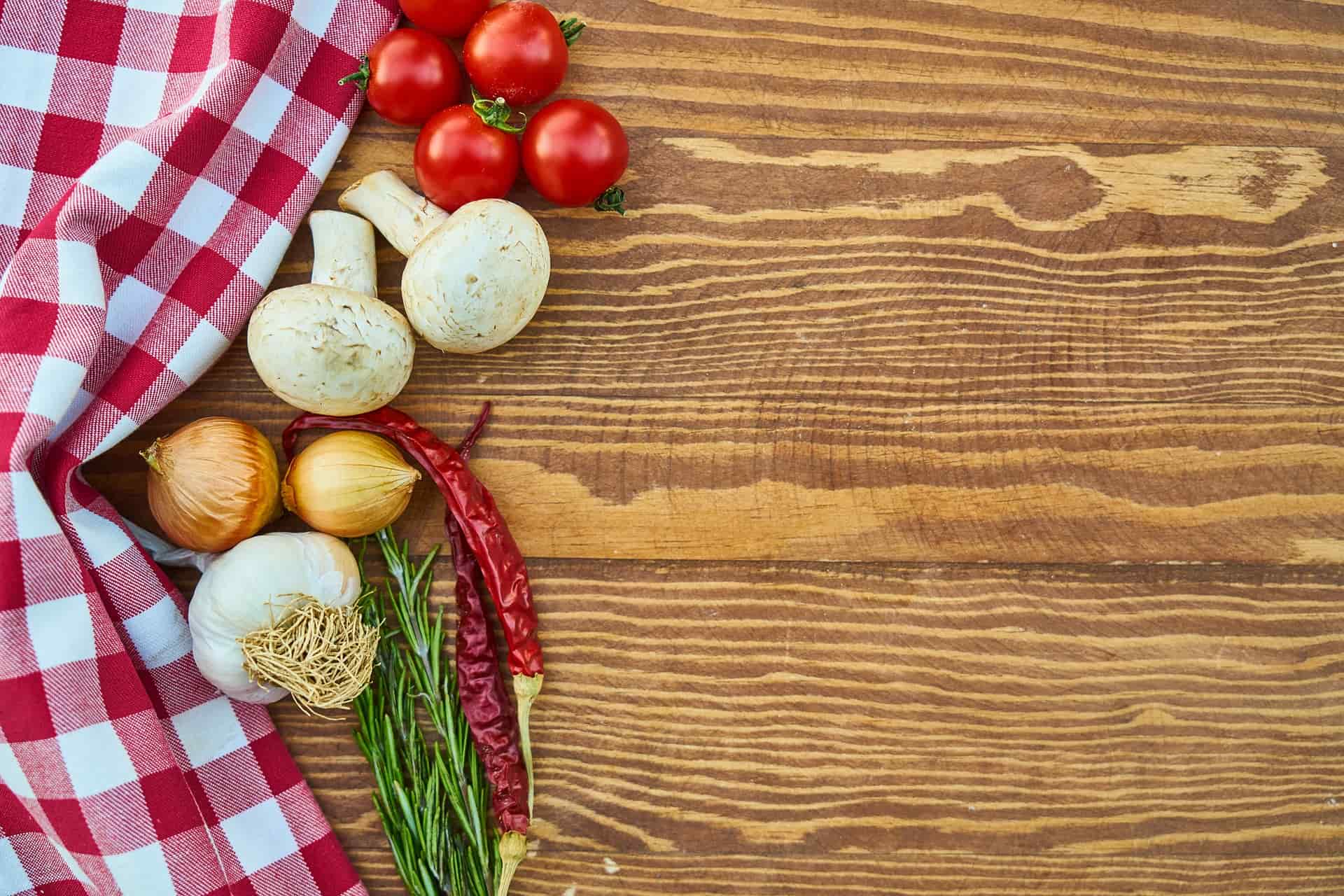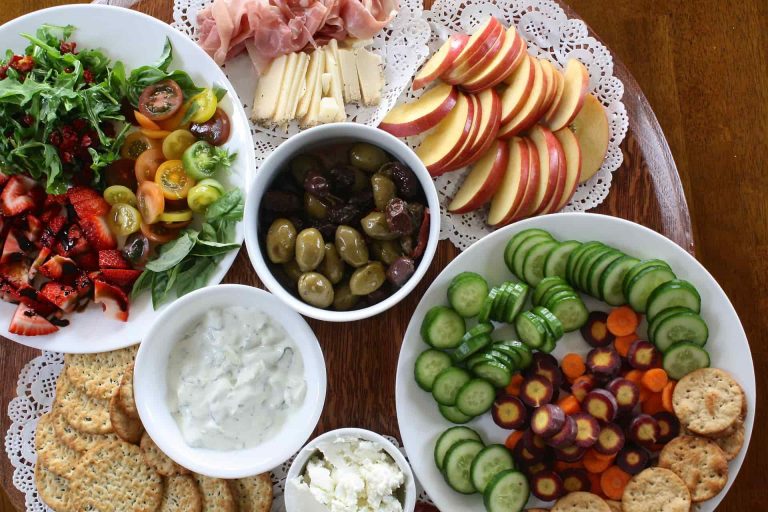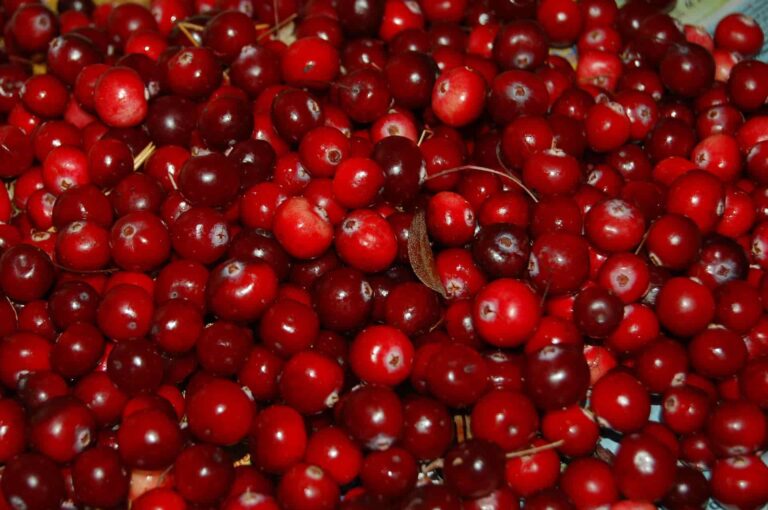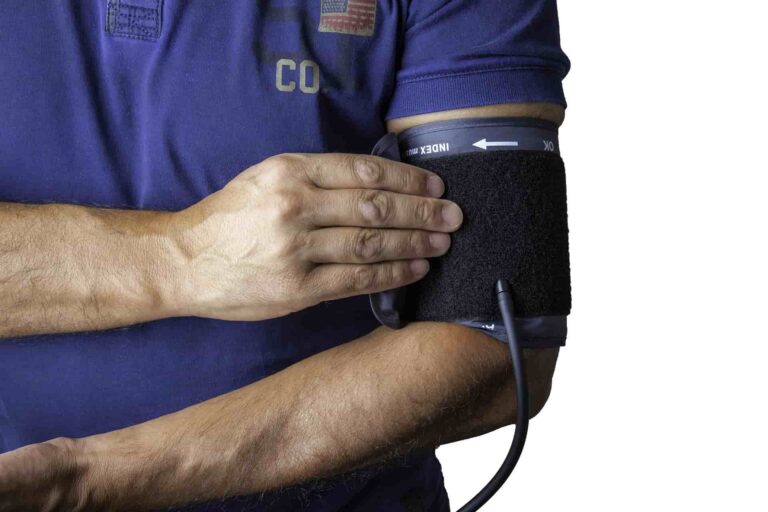High fiber diet: this is how it works
Anyone who mainly eats meat, sausage, cheese, white bread and eggs instead of raw vegetables and grains is consuming too little fiber and is doing themselves a disservice.
But don’t worry – you don’t have to do without it completely! It is sufficient to first change your diet step by step. HEALTH BAS reveals how to change your diet to a high-fiber diet.
High Fiber Diet: The Best News First
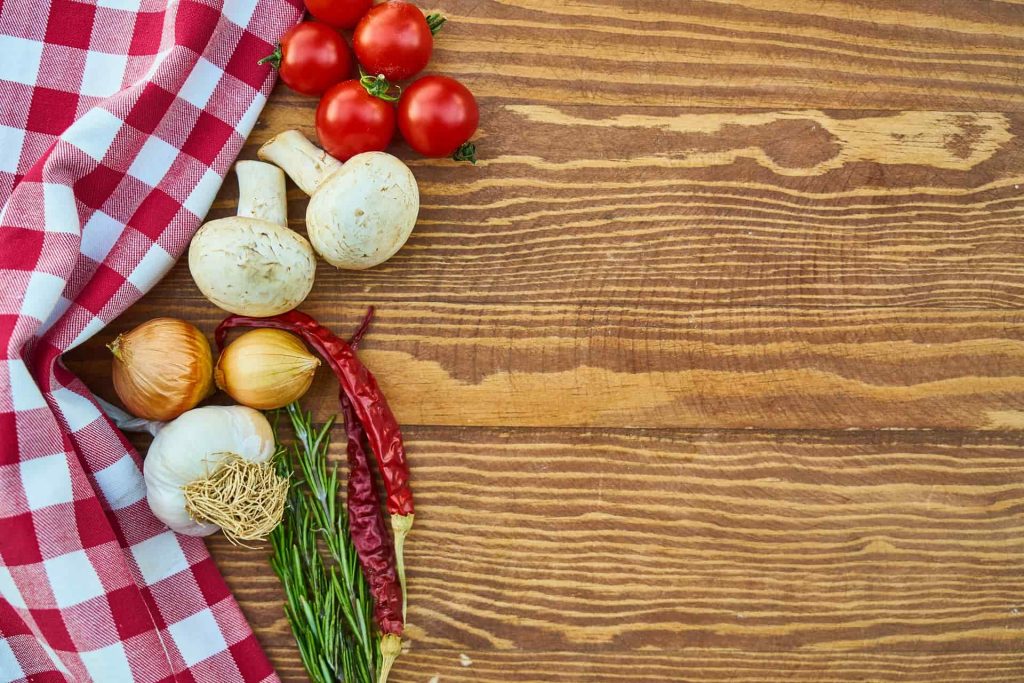
Much of what supplies our body with fiber, we usually already eat more often and even really like it – rice, potatoes, pasta and bread, for example. Extra tip for a high-fiber diet: The whole grain version contains more fiber. If you don’t like it, you can trick yourself a bit and slowly get used to your taste.
Fiber-rich diet: get well!
If you have previously eaten little grain, legumes, raw vegetables and brown rice or pasta, switching to a high-fiber diet can cause problems with the stomach and digestion of sensitive people. To prevent this from happening to you, HEALTH BAS gives you the best tips for a high-fiber diet: Take it easy (see tips below).
Make sure you drink enough: it should be at least two liters of water, tea or spritzer a day, and exercise as much as possible. This relieves the stomach and gets your digestion going. Fiber-rich diet: score with small steps those who force themselves to make a radical switch to a high-fiber diet may consume more fiber – but they can easily lose the desire to eat.
Muesli in the morning dispels nutritional worries
Try what you like best: with more fruit than grain, with nuts, with dried fruit, with oats or with other grains? Regardless, you will definitely get a high-fiber diet for breakfast.
Rice makes you fit
For your high-fiber diet, you may only use brown rice for stir-fries and soups, where the taste is less noticeable. A compromise between unpeeled and hulled rice, which wholegrain grouches also like: thanks to a special process, parboiled rice still contains some of the components of the whole rice grain.
And if it just takes too long to cook brown rice (it takes longer to cook), there is also a quick alternative: Gently pre-cooked rice with a high fiber content that is ready in two minutes.
Healthy pasta
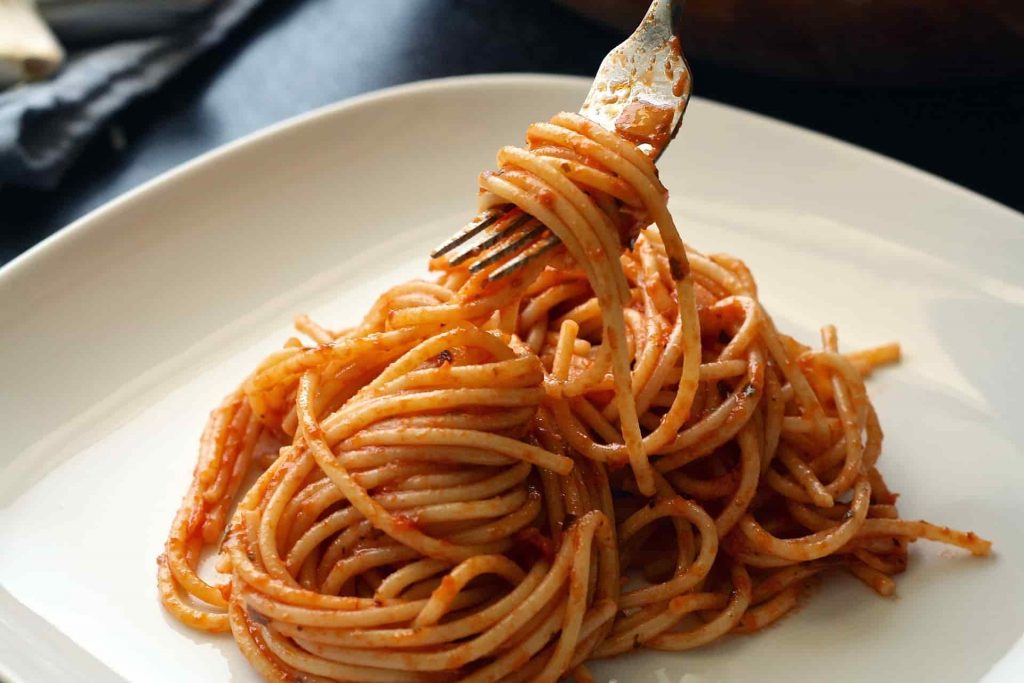
It is particularly difficult for many to get used to a high-fiber diet, because whole-grain pasta simply tastes different. Try the “fifty-fifty trick”: Simply take half of the wholegrain pasta and pre-cook it a little (it takes longer), then add the usual pasta and cook with it.
Bread and buns
You don’t like whole grains in bread and just don’t like coarse-crusted bread rolls? Doesn’t matter, because whole meal bread does not have to be crunchy. What matters is the flour: It can be finely ground as long as it comes from the whole grain and not from the peeled, white one.
Vegetables and fruit
Eat both raw and unpeeled as often as possible, as this is how they provide most of the fiber for a high-fiber diet. If you have a sensitive stomach and do not tolerate raw vegetables well, the vegetables cook until they are firm to the bite. You can find more information on a high-fiber diet in our fiber special.
